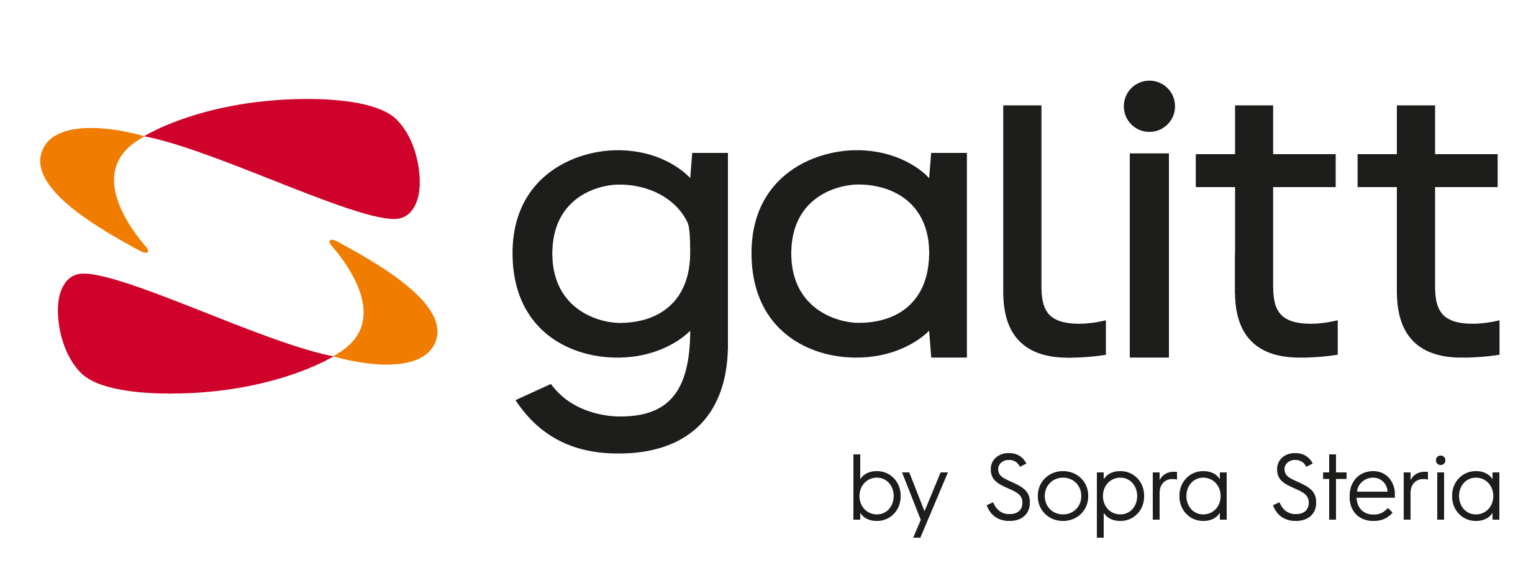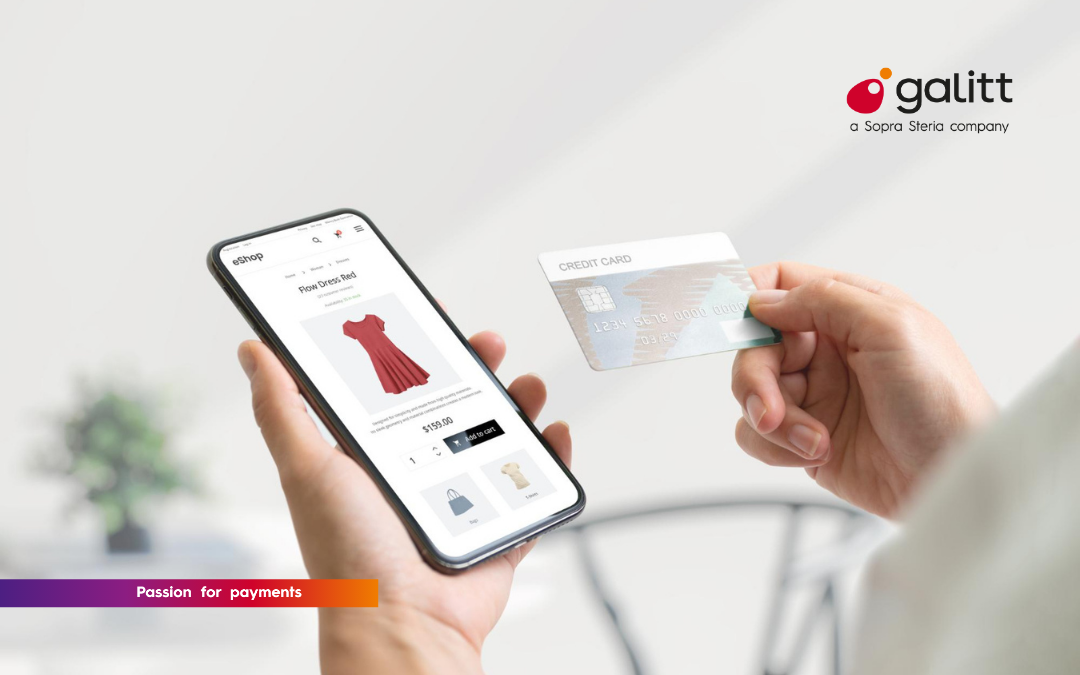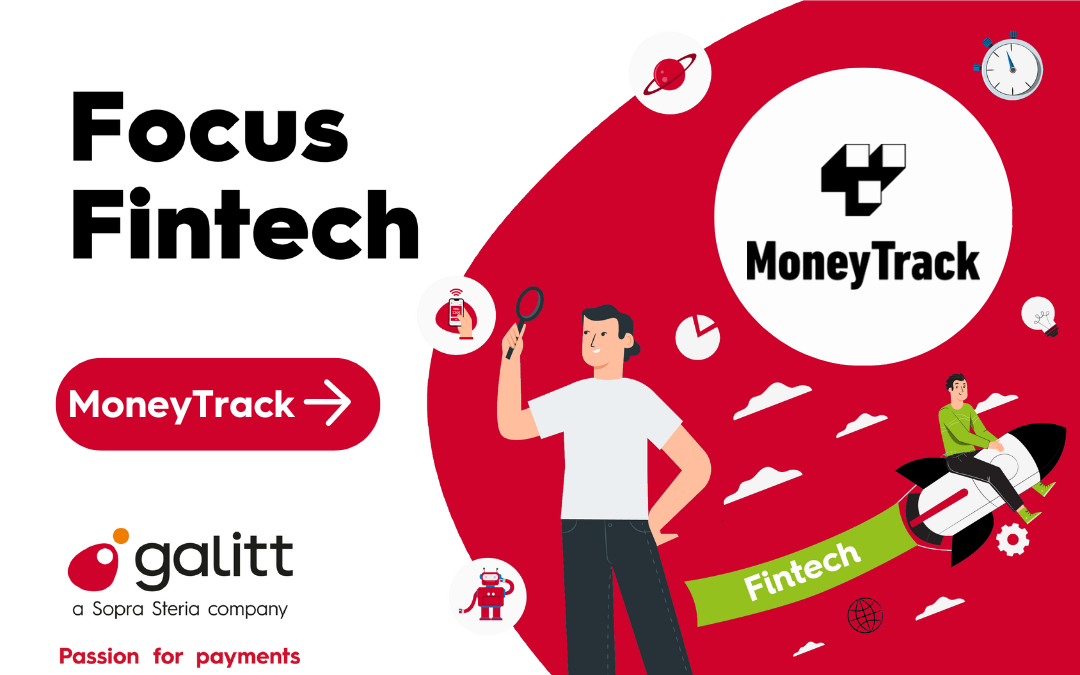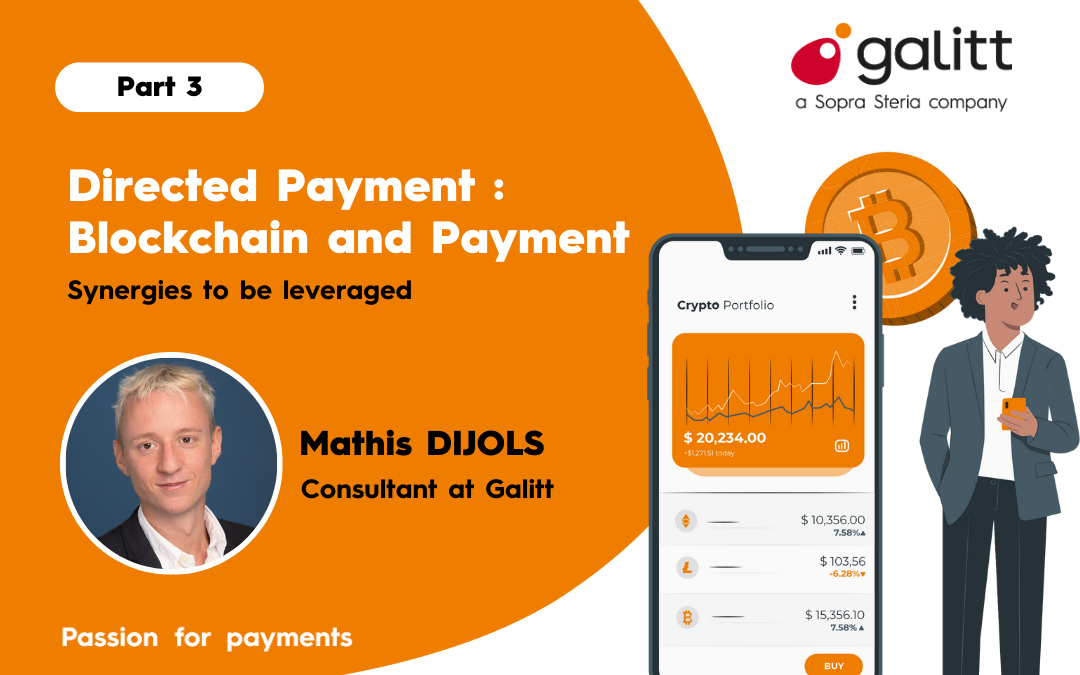[et_pb_section fb_built=”1″ _builder_version=”4.6.6″ _module_preset=”default” custom_padding=”||0px|||”][/et_pb_section][et_pb_section fb_built=”1″ _builder_version=”4.6.6″ _module_preset=”default” custom_padding=”0px|||||”][et_pb_row _builder_version=”4.6.6″ _module_preset=”default” custom_padding=”0px|||||”][et_pb_column type=”4_4″ _builder_version=”4.6.6″ _module_preset=”default”][et_pb_post_title _builder_version=”4.6.6″ _module_preset=”default”][/et_pb_post_title][et_pb_text _builder_version=”4.6.6″ _module_preset=”default” custom_margin=”50px||0px||false|false” custom_padding=”||24px|||”]
Throughout the year, we’ve been bringing you topics on payment highlights. Now is the perfect time to summarize the major trends emerging in 2021, trends that will shape the future of the payment world.
[/et_pb_text][et_pb_image src=”https://www.galitt.com/wp-content/uploads/2021/12/source-maison-de-lartisan.jpg” alt=”trends payment” title_text=”Mobile Payment: Flat lay vector illustration” align=”center” _builder_version=”4.6.6″ _module_preset=”default” max_width=”85%” min_height=”260px” custom_margin=”||11px|||”][/et_pb_image][et_pb_text _builder_version=”4.6.6″ _module_preset=”default”]
Source : Maison de l’Artisan
[/et_pb_text][et_pb_text _builder_version=”4.6.6″ _module_preset=”default” custom_margin=”50px||0px||false|false”]
Growth of split payments and Buy Now Pay Later
[/et_pb_text][et_pb_text _builder_version=”4.6.6″ _module_preset=”default” custom_padding=”||0px|||”]
One of the trends we mentioned recently is split payments. This method of payment is not particularly new, but it has really taken off since the beginning of the Covid pandemic. More cautious with their spending, many consumers are choosing this method of payment, allowing them to acquire a good or service by spreading their payment over time.
We talked about it in our article dedicated to BNPL: nearly 60% of French, Polish, Portuguese and Spanish consumers use Buy Now Pay Later at least once a year. Proof of the relevance of this method, which in addition to providing flexibility to customers, allows merchants to receive the full amount of the purchase.
This is one of the reasons for the success of BNPL: both parties benefit. Customers will be happy to see this option offered, and merchants will be reassured about the proper payment of their sales, which in the case of multiple payments can often be a source of concern. The BNPL is finally the most advanced and fairest form of payment in N times, and should impose itself as the new model of split payment in the long run.
[/et_pb_text][et_pb_text _builder_version=”4.6.6″ _module_preset=”default” custom_margin=”50px||0px||false|false”]
The prospects of EPI and Request To Pay
[/et_pb_text][et_pb_text _builder_version=”4.6.6″ _module_preset=”default” custom_padding=”||0px|||”]
Another trend in the payment world, and not the least, is the gradual appearance of EPI and by extension RTP (Request To Pay). We will have the opportunity to talk more about the European Payment Initiative in the coming months, but we can remind you that this project set up by 31 European banks aims to create a new payment standard in the Euro zone. One of the main objectives is to gain independence from the international schemes VISA and Mastercard.
One of the subjects of this initiative is RTP, a service for sending payment links by messaging. Request To Pay aims to facilitate payment requests and convinces merchants, individuals and even public institutions, who see it as an opportunity to make the collection of state taxes more fluid, for example. It is also beginning to be used in certain countries such as the Netherlands, where the online payment method iDEAL is meeting with real success, particularly thanks to its RTP offer.
The advantage of RTP is that it is relevant in all areas. It will allow for more secure exchanges between individuals, with the seller assured of receiving the funds within a short timeframe. It will also enhance payment solutions for merchants, who will be able to improve the management of their suppliers and invoices. Finally, public administrations will see the opportunity to digitize their means of collecting taxes, thus making their operations more fluid.
[/et_pb_text][et_pb_text _builder_version=”4.6.6″ _module_preset=”default” custom_margin=”50px||0px||false|false”]
The rise of the Super Payment Apps
[/et_pb_text][et_pb_text _builder_version=”4.6.6″ _module_preset=”default” custom_padding=”||0px|||”]
Another topic we mentioned very recently is the rise of the Super Payment Apps. Behind this almost heroic name, we find the Chinese applications Wechat and Alipay, true leaders and pioneers of the Super App model.
Still not very present on the Western market, these applications centralize almost everything that can be done via a smartphone, from instant messaging to payment systems. Wechat and Alipay have even become the most widely used payment methods in China and Asia, proof of the influence and strength of these Super Applications. They accompany their users in all their daily actions, up to payment.
Still underdeveloped in Europe and America, this application model is nevertheless intriguing and is prompting some Western players such as Paypal to think about Super Apps proposals. We should see similar projects appear quite quickly, even if the target audience is still used to having a multitude of applications for each distinct task.
[/et_pb_text][et_pb_image src=”https://www.galitt.com/wp-content/uploads/2021/12/source-ladn-1024×381.jpg” alt=”Client journey schema” title_text=”source-l’adn” align=”center” _builder_version=”4.6.6″ _module_preset=”default” max_width=”100%” min_height=”260px” custom_margin=”||11px|||”][/et_pb_image][et_pb_text _builder_version=”4.6.6″ _module_preset=”default”]
Source : L’ADN
[/et_pb_text][et_pb_text _builder_version=”4.6.6″ _module_preset=”default” custom_margin=”50px||0px||false|false”]
Virtual currencies and Cryptocurrencies
[/et_pb_text][et_pb_text _builder_version=”4.6.6″ _module_preset=”default” custom_margin=”4px||0px||false|false” custom_padding=”0px||24px|||”]
Finally, it’s hard not to mention cryptocurrencies in the payment trends of 2021. These digital assets, which intrigue as much as they worry the various payment players, are one of the major payment topics.
Beyond the well-known private players in the business such as Bitcoin, Ethereum and other popular cryptocurrencies, digital assets are also of interest to state organizations. The term CBDC has even emerged to refer to “central bank digital currencies”. Many countries are indeed looking into the possibility of offering their own virtual currency, in order not to be overtaken by the private proposals mentioned above.
This desire stems in particular from the general decline in the use of cash. Some countries, such as Norway, are seriously considering discontinuing the production of fiat money, as it is used very little. CBDC models could therefore replace traditional cash systems, which are costly and anachronistic to circulate and produce in the digital age.
The points mentioned in this article are not exhaustive, but they do cover the most influential trends in the future of payment. The players in the field are well aware of these developments and are adapting as they go along, most of them having to modify their offers and services. We will have to continue to observe these trends, all the more so with the imminent advent of the European Payment Initiative.
[/et_pb_text][/et_pb_column][/et_pb_row][et_pb_row _builder_version=”4.6.6″ _module_preset=”default”][et_pb_column type=”4_4″ _builder_version=”4.6.6″ _module_preset=”default”][et_pb_blog fullwidth=”off” posts_number=”3″ use_manual_excerpt=”off” excerpt_length=”0″ show_author=”off” show_categories=”off” show_excerpt=”off” show_pagination=”off” _builder_version=”4.6.6″ _module_preset=”default” custom_margin=”20px||||false|false” border_width_all=”0px” box_shadow_style=”preset1″ box_shadow_blur=”14px” box_shadow_spread=”-5px” box_shadow_color=”rgba(0,0,0,0.15)” locked=”off”][/et_pb_blog][/et_pb_column][/et_pb_row][/et_pb_section]




